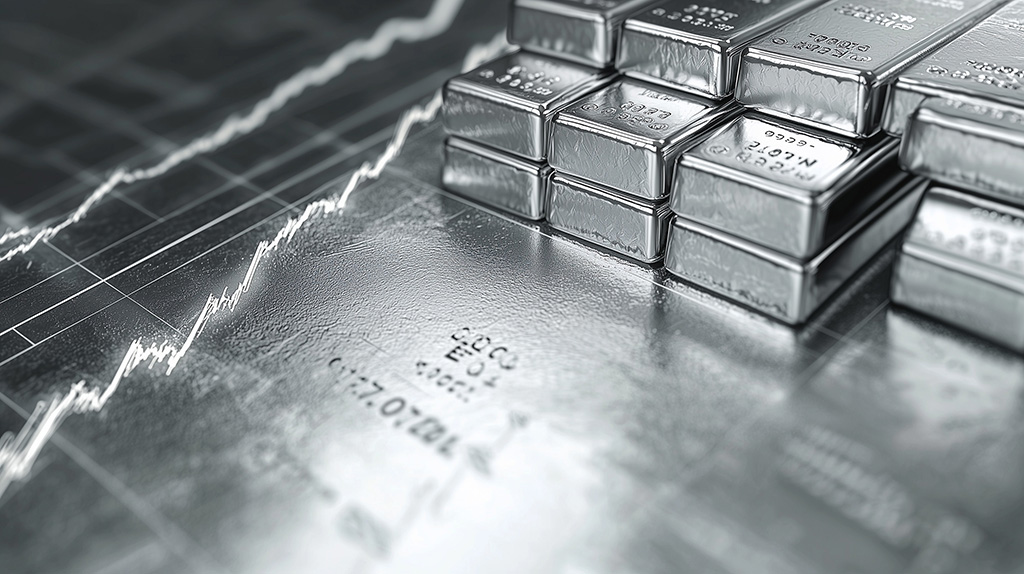In 2025, silver remains one of the most compelling assets for investors seeking inflation protection and portfolio diversification. Yet, how you invest in silver — physically or through exchange-traded funds (ETFs) — can dramatically influence returns. The cost structures between silver ETFs and physical bullion differ substantially, impacting both short-term efficiency and long-term sovereignty.
Silver ETF Cost Structure
1. Expense Ratios
Silver ETFs offer cost efficiency and ease of access. Management fees typically range between 0.19% and 0.75% annually, covering storage, insurance, and administrative expenses.
Leading funds include:
- iShares Silver Trust (SLV): 0.50% annual fee
- abrdn Physical Silver Shares ETF (SIVR): 0.30% annual fee
- WisdomTree Physical Silver: 0.19% total expense ratio
These costs are automatically deducted, eliminating the need for investors to manage logistics.
2. Trading and Liquidity Costs
ETFs trade like stocks, offering narrow bid-ask spreads — typically between 0.03% and 0.05% for major funds — and near-instant liquidity. Brokerage commissions are minimal or zero on most trading platforms.
3. Hidden Costs
Even with their efficiency, ETFs carry subtle risks:
- Tracking Error: Annual underperformance of 0.5–1% versus spot silver due to fees and currency factors.
- Premium Risk: During volatile markets, ETFs have traded at 5–12% premiums to spot silver.
- Taxation: In the U.S., silver ETFs are classified as collectibles, taxed up to 28% on long-term capital gains (though IRAs can mitigate this).
Physical Silver Cost Structure

1. Premiums Over Spot Price
Physical silver involves a higher upfront investment due to minting and distribution costs.
Typical premiums include:
- American Silver Eagles: $5–8 per ounce over spot
- Canadian Maple Leafs: $3–6 over spot
- 100-ounce bars: $0.75–1.92 per ounce over spot
These premiums can surge during supply squeezes or retail demand spikes.
2. Storage and Insurance Costs
Holding silver privately offers sovereignty but adds expense:
- Home Storage: Safe purchase $2,000–$5,000 upfront.
- Bank Deposit Box: $100–300 annually.
- Professional Vaulting: 0.5–1% per year, usually including insurance.
3. Liquidity and Sale Discounts
When selling, dealers often buy back 2–5% below spot, impacting total realized returns — especially for short-term holders.
5-Year Cost Comparison
Based on a $50,000 investment
| Cost Component | Physical Silver | Silver ETF (e.g., SIVR) |
|---|---|---|
| Initial Premium or Fee | 5% ($2,500) | 0.05% ($25) |
| Annual Storage or Fees | 0.5–1% ($250–500) | 0.30% ($150) |
| Insurance | 0.25% ($125) | Included |
| 5-Year Total Cost | $6,875–9,375 | $775 |
| Liquidation Cost | 2–5% discount | 0.05% spread |
Over a five-year period, ETFs cost roughly 90% less to hold than physical bullion.
Key Takeaway
For investors focused on efficiency, liquidity, and short-term gains, silver ETFs offer a streamlined and low-cost entry to the silver market. They trade seamlessly, carry minimal management costs, and can be integrated into broader portfolio strategies.
However, physical silver appeals to those seeking tangible control, privacy, and insulation from financial intermediaries. Over a 7–10+ year horizon, it may prove more rewarding — especially during supply disruptions or systemic financial stress, when physical premiums tend to soar.
Whether you value digital convenience or physical sovereignty, both silver forms have a place in a balanced offshore investment strategy.
Invest Offshore continues to identify asset-backed, sovereign-grade investment opportunities across commodities, infrastructure, and ESG-aligned portfolios — including projects in the West African Copperbelt Region, currently seeking qualified investors.

Leave a Reply